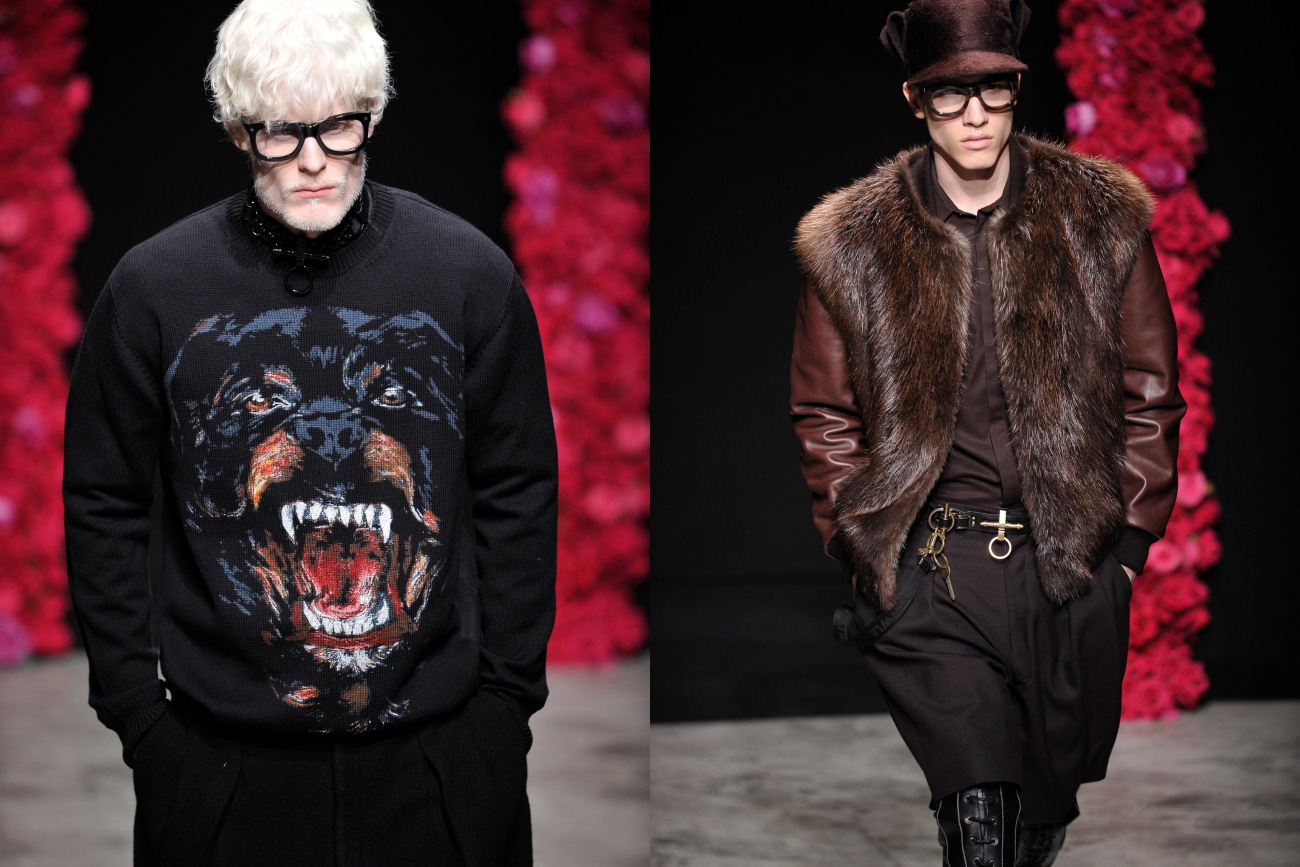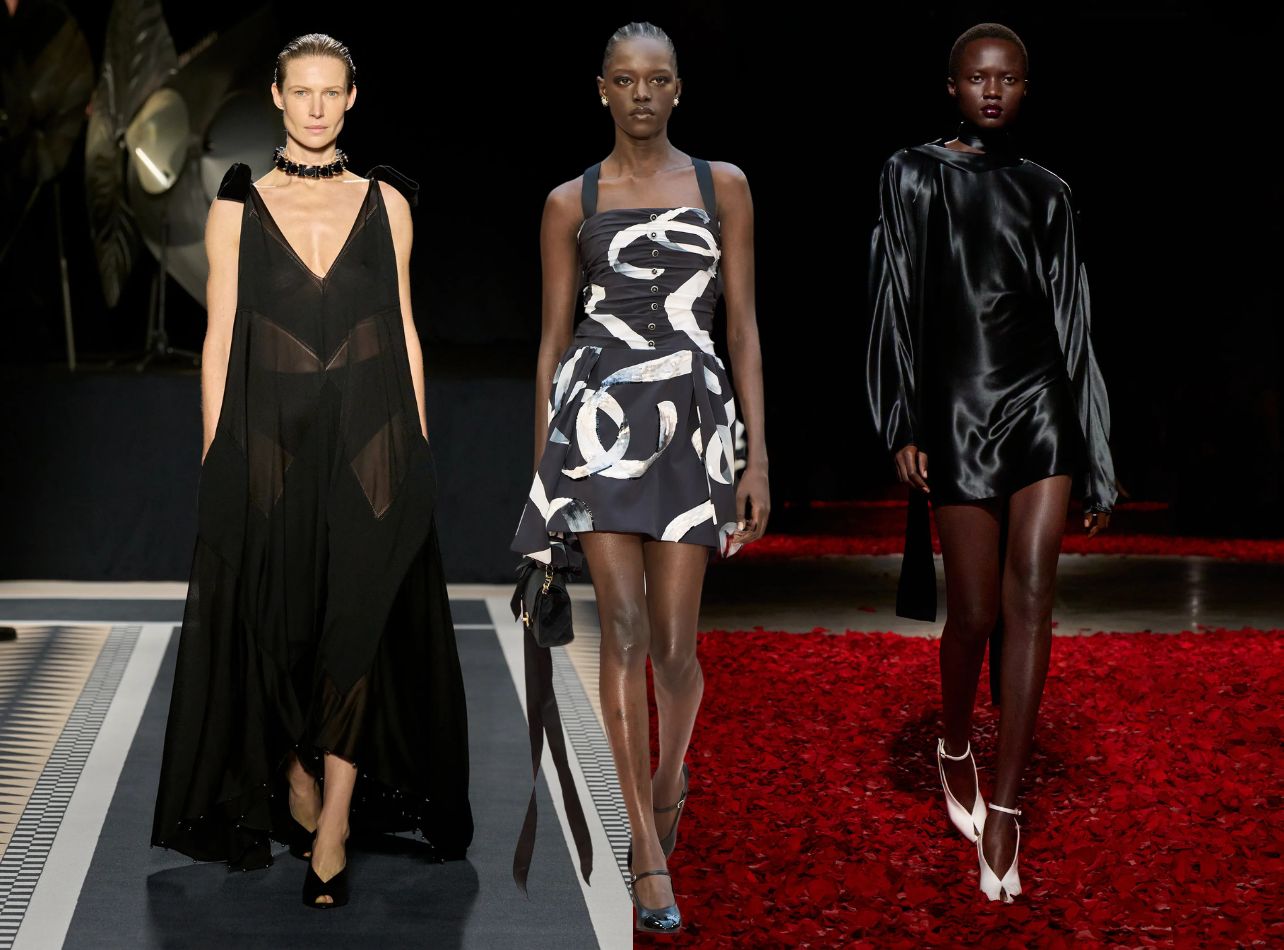Roy Halston Frowick, recognized simply as Halston, holds a unique position within the annals of American fashion. Initially gaining recognition in the 1960s as a gifted hat designer, Halston achieved widespread fame for crafting the memorable pillbox hat donned by Jacqueline Kennedy during John F. Kennedy’s 1961 inauguration. Nevertheless, his transition into women’s apparel truly enabled him to establish the groundwork for what would become an enduring heritage. Halston’s designs embodied modernity, fluidity, and subtle elegance—characteristics that reshaped the American style and permanently altered the course of the fashion sector.
Minimalism as Innovation: The Language of Simplicity
Before Halston, haute couture ruled American fashion, and excessive embellishment was synonymous with luxury. Halston broke with these traditions, introducing a minimalist approach that celebrated the body and eschewed superfluous detail. His hallmark was the bias-cut dress—a garment that not only followed the contours of a woman’s body but seemed to liberate it. Using fabrics such as ultrasuede, jersey, and chiffon, Halston produced garments that floated, moved, and breathed with those who wore them. This revolution in fabrication and form underscored a new functional luxury, one characterized by wearability and elegance.
Numerous fashion historians cite Halston’s 1972 ultrasuede shirtwaist dress as a watershed moment. Its simple cut, machine-washable fabric, and democratized style found favor with every echelon of society, selling in tens of thousands. By integrating ease into luxury, Halston set the stage for every subsequent wave of American sportswear and minimalism, influencing designers from Donna Karan to Calvin Klein.
The Halstonettes: Diversity and Representation
It’s possible that no other designer of his time fostered a more encompassing persona than Halston. His workshop and social group, known as the “Halstonettes,” showcased a forward-thinking perspective on inclusivity within the fashion world. He outfitted a diverse group of models and inspirations—including Pat Cleveland, Alva Chinn, and Beverly Johnson—long before the broader industry adopted diversity. Halston’s presentations, frequently held in cozy venues or at the Pierre Hotel, highlighted the distinct qualities and elegance of these women, presenting a fresh and accessible standard of beauty to the public. This method not only elevated rising supermodels but also established a cultural benchmark for diversity as crucial to the vitality of fashion.
The Studio 54 Era: Redefining Glamour and Celebrity Culture
The partnership between Halston and the nightlife of Studio 54 in the late 1970s is legendary. He understood the power of association, and artfully melded fashion with celebrity culture. Dressed in his designs, stars like Liza Minnelli, Bianca Jagger, and Elizabeth Taylor embodied an aspirational lifestyle associated with freedom, hedonism, and glamour. Halston’s clothes became synonymous with the disco era—fluid, shimmering, and sensuous, perfectly attuned to the mesmerizing nightlife of the time.
This intersection between brand and celebrity would become a defining feature of American fashion for decades. Modern designers frequently look to Halston as the archetype for building a lifestyle brand that is inseparable from entertainment, fame, and media.
Commercial Innovation: Licensing and the Genesis of Lifestyle Branding
Beyond aesthetics, Halston pioneered the concept of licensing, setting a new template for brand expansion. In 1983, his landmark $1 billion licensing deal with J.C. Penney represented a seismic shift. Halston was the first major designer to offer high fashion at mass-market prices, anticipating the contemporary collaborations between luxury labels and retail giants such as Target or H&M.
However, the inherent dangers of widespread licensing became evident as Halston’s elite clientele turned away from the designer, perceiving his move as a “descent into the mass market.” This ultimately led to his removal from his own brand—a situation often referenced in business education as a cautionary example. Consequently, Halston’s professional journey serves as a crucial case study on the intricate equilibrium between maintaining exclusivity and achieving broad appeal in fashion branding.
Contemporary Reverberations: Halston’s Enduring Impact
The contemporary fashion landscape—characterized by its minimalist aesthetic, inclusive approach, celebrity influence, and accessible luxury—owes a significant portion of its foundational principles to Halston’s pioneering innovations. The renewed presence of vintage Halston attire at high-profile events, biographical films chronicling his journey, and ongoing tributes from prominent American designers all underscore his enduring and dynamic impact. Fashion labels are increasingly adopting the principles Halston championed: the importance of superior craftsmanship, the power of media integration, and the necessity of catering to a broad spectrum of consumers.
Fashion’s shifting landscape, toward both sustainability and accessibility, owes a debt to Halston’s early advocacy for functionality without compromise. His aesthetic persists in the draped gowns of emerging designers; his business strategies echo in modern collaborative collections; his belief in diversity has become not just celebrated, but expected.
Halston’s Enduring Signature
Halston’s story is that of a visionary who anticipated—and frequently precipitated—each wave of transformation in American fashion. His minimalism offered freedom; his democratization of luxury fostered inclusivity; his marketing ingenuity redefined what a fashion label could achieve. The garments he created were more than trends; they became enduring symbols of self-assurance and American modernity. In the continuum of fashion’s evolution, Halston’s contributions remain a source of inspiration and instruction, resonating across generations and reminding us of the enduring power of simplicity, inclusivity, and innovation.





